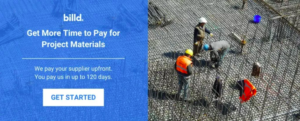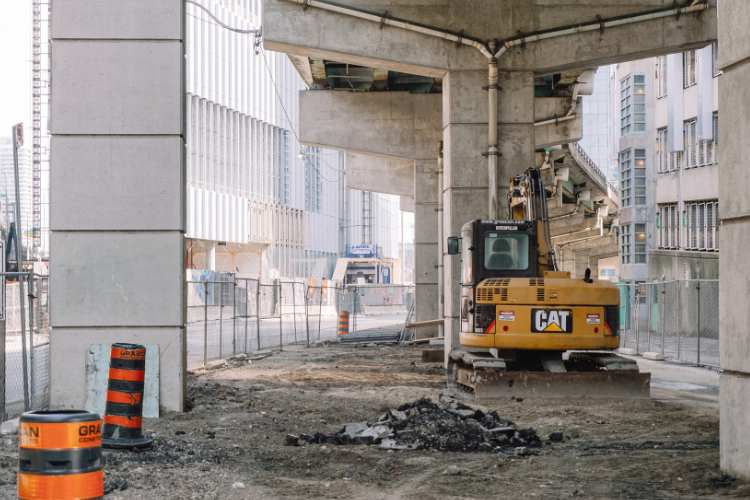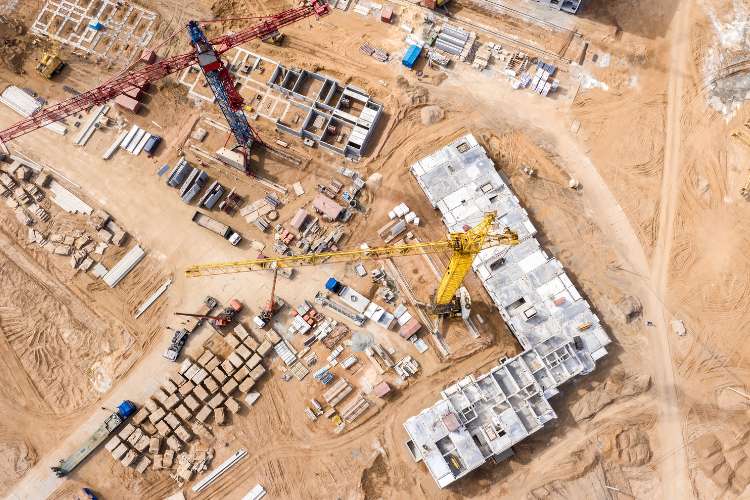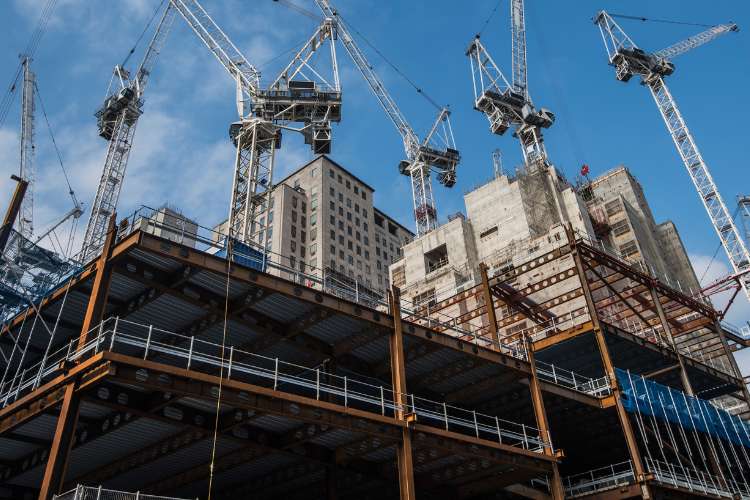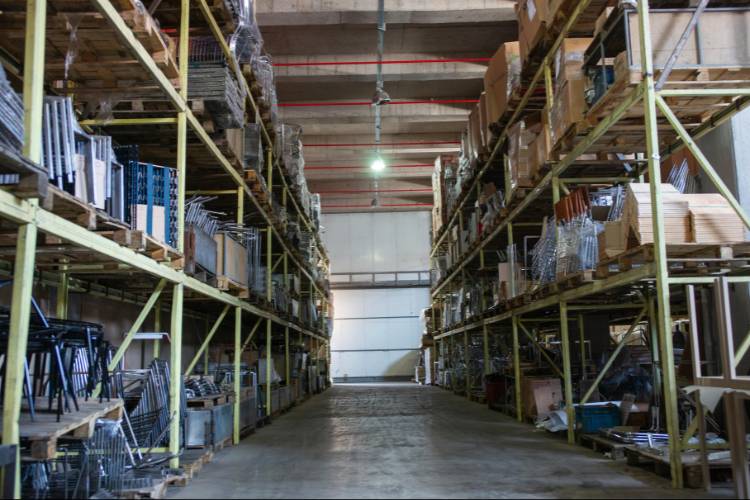As a subcontractor, you work with a schedule of values on every project, but you may not be using it as effectively as possible. In an industry where payment cycles are notoriously long and slow, perfecting your schedule of values can help you expedite payments and even increase them. We spoke to industry veteran Ernie Adams to get his perspective on how to use your schedule of values to get the most of your pay app.
Table of Contents
- 1. Read Project Documents Extremely Carefully
- 2. Send the SOV to Your Customer Beforehand
- 3. Get Detailed When You Bill
- 4. Bill for Closeouts
- 5. Bill for Mobilization
- 6. Bill for Whatever Reasonably Has Value
- 7. Stay in Constant Communication Regarding Your SOV and Pay Apps
- 8. Don’t Be Afraid to Advocate for Yourself if You’re Getting Shortchanged
- 9. Vet the Software You Use to Create Your SOV
1. Read Project Documents Extremely Carefully
Project documents contain a lot of hairy details on how they want you to bill for your work. A common mistake subs make is not reading that info carefully, and sending incorrect billing paperwork to the GC, which creates payment delays. Doing your due diligence and reading requirements carefully can help you avoid those delays.
2. Send the SOV to Your Customer Beforehand
To go the extra mile on point #1, Adams recommends sending your SOV well before you’re scheduled to be paid. This way, you can confirm whether everything looks good. Armed with that knowledge, you can proactively hammer all these details out ahead of time. Then, when it comes time to get paid, you can get your pay app approved as soon as possible.
3. Get Detailed When You Bill
Try to add as much detail as you can to your SOV. The greater the detail and itemization, the more money you can get for the labor exerted. Your pay apps are inevitably going to be scrutinized, so by providing more information on why you’re charging what you’re charging, you create less wiggle room to deny payment. The more generic you are on the SOV, the more they can scrutinize it and potentially shortchange you.
4. Bill for Closeouts
If you want to add a line item for closeouts, ask. In fact, GCs often want the closeout documents to have a value, because they want to withhold the closeout payment as an incentive for the sub to close out faster.
5. Bill for Mobilization
A line item for mobilization can be incredibly lucrative. This will include mobilization efforts to get on the job and load the material/preconstruction. The customer might push back, but there’s no reason why you shouldn’t at least try to bill something that constitutes such a substantial portion of your labor.
6. Bill for Whatever Reasonably Has Value
Don’t be afraid to ask your customer if there’s something else you’d like to bill for that you think warrants a line item. If you can successfully assign a value to something, you can do a submittal on it. The worst they can say is no, and you only have dollars to gain.
7. Stay in Constant Communication Regarding Your SOV and Pay Apps
Many issues on the customer’s end can delay your payment, so it pays to communicate with them throughout the process. You want to make sure your pay app is on track to be approved and that you’re staying on top of it (automating your pay app with GCPay can absolutely help). This allows you to mitigate any snags, quickly. Billing projections, for example, are notoriously dicey, and it pays to constantly communicate with the GC on how you’re projecting. Simple communication can be a great help for that reason. “You’d be surprised by how many checks get cut based on a phone call.” In short: make calling back a religion.
8. Don’t Be Afraid to Advocate for Yourself if You’re Getting Shortchanged
You might bill 40% on a line item, but the GC’s accountant puts 35%. Be an advocate for yourself to ensure you don’t get shortchanged. When you notice them, it pays to be vocal about issues like this. They’re worth speaking up about, but it’s on you to do your due diligence and catch them.
9. Vet the Software You Use to Create Your SOV
Ernie recommends using a construction software to create your SOV, but reminds you to be careful in choosing it. The wrong software can add to your workload rather than minimize it. Adams recounts a time when his team had pay apps 1, 2 and 3 all paid, with 4, 5, 6 and 7 made in the same software and ready to send, when they suddenly realized pay app 4 was incorrect. Because of the nature of the software they were using, they had to go redo all of them.
When evaluating a software that could help you create a schedule of values, ask yourself:
- Is it user-friendly?
- Are you able to easily correct mistakes, or is it difficult to make edits?
- Is it easy to backup or regenerate?
Because of its role in the pay app process, perfecting your approach to the schedule of values can be a lucrative way to ensure more timely payments, less bureaucratic delays and stronger cash flow for your business. Get creative and look for patterns between projects that could help you streamline this process even more.

